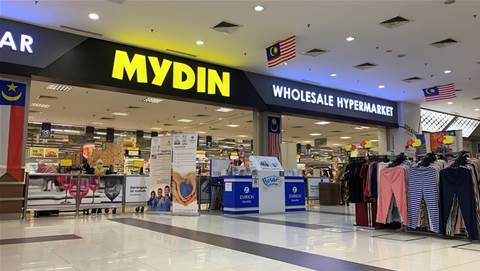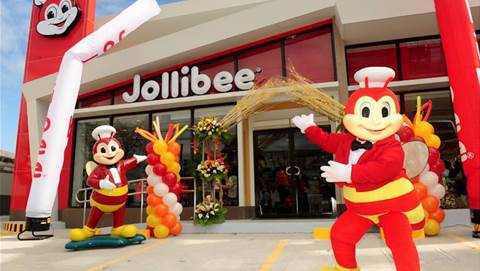Malaysian oil and gas company Petroliam Nasional Berhad (Petronas) is leveraging digital technologies as part of its exploration strategy to discover petroleum resources.
It has built a centralised data management and collaboration platform to record, engage and understand data through geospatial technology.
Petronas’ head for geospatial data operations, Mohamad Zahari, said in an event, organised by Esri Malaysia, that using tools based on geographic information system (GIS) has benefited the company in achieving seamless workflows resulting in significant productivity boost, greater collaboration and quick decision-making.
Petronas has deployed the GIS portal, Explore on the Go (EOTG), for internal teams to access databases and explore projects.
Prior to implementation, the teams used to work in a conventional manner, based on regional integration, which resulted in a lot of time and effort being spent to access the data.
After it completed its cloud migration, Petronas started looking for solutions that could go “beyond” traditional data visualisation.
“We tried to achieve key objectives to build a scalable platform that can effectively manage a considerable amount of data, accommodate multiple data types and formats along with mobile accessibility,” Zahari said.
It deployed the portal along with Esri Malaysia, the country’s GIS software distributor in an extended partnership using the “whole spectrum” of available software like ArcGIS and other applications.
Crucial support
Zahari said, EOTG provides crucial support to the company’s play-based exploration (PBE) framework, where a wide range of data is analysed and integrated to conduct play mapping, risk, uncertainty assessment and economic evaluations.
The firm has been able to achieve seamless integration across its three main environments - database, web and the desktop leading to “easily” accessible data from multiple sources from the cloud or services connected with APIs.
“We gained a combination of live data feed where we connected to other documents or unstructured data targeted to address different types of users and applications,” he explained.
It also provides an extended tool for the user to create a customised dashboard or web application.
Along with flexibility in administering user profiles, it has also efficiently reduced the risk of duplicating a data purchase.
Further, the desktop environment allows users to access data centrally and also publish the available works, he added. EOTG allowed geoscientists to publish their key maps as “easy-to-use” web apps for those who need to see them or select a starting map to building on in a desktop environment. This has worked as a hub for data and digital tools.
Zahari said his tech teams are further planning iterations carefully to strike a balance in getting the requirements to satisfy exploration objectives.









